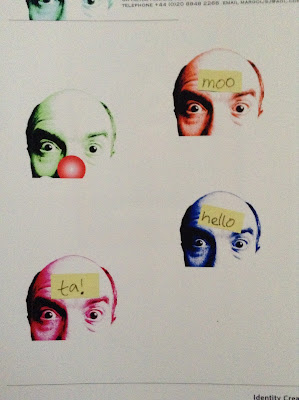Know what I love
about this set of small islands of ours? You never quite know what will be
found or turn up. Hoards of Anglo Saxon jewellery; a village lost to a reservoir
in a drought; a concealed room in a great house with no doors; a long lost King
under a provincial car park.
I once saw an
exhibition at the Museum of London, the title of which I forget, but it was all
about the way Londoners have died – what archaeologists, geneticists and others
have gleamed from their remains. It was fascinating. But as interesting and
often pitiful as the skeletons were, they were not the most compelling, thought
provoking or thrilling element.
Each skeleton or exhibit was accompanied by a large
photograph on a light-box. One, for example, was of a low red-brick wall,
pot-holed tarmac, litter and a defaced road sign on a street corner. It was
totally unremarkable and remarkable in that respect. Yet it recorded the place
where one of these medical puzzles was found. The images were stark, some might
even say boring, but they made the point beautifully, that being that in this
town we are walking on history – we literally never know what is under our feet…waiting.
This morning
history was on the pavement waiting for the bin men. It was a large transparent
sack of box files. Not your run of the mill variety, but the hardboard and
staple variety, the kind kids of my generation had in junior school to house
our jotters, Helix rulers, vocabulary books and Mars Bars, so I stopped to take
a closer look. And I’m glad I did.
I saw that each
of the boxes had a utility-type label, which had been created with pen and ink.
I’ll type that again. Pen and ink! These were old boxes and early objects of
recycling, since the other side of the boxes has a patchwork of newer labels,
each representing different strata of GPO / BT administrative history. Here
they are.
File them under fabulous.
















